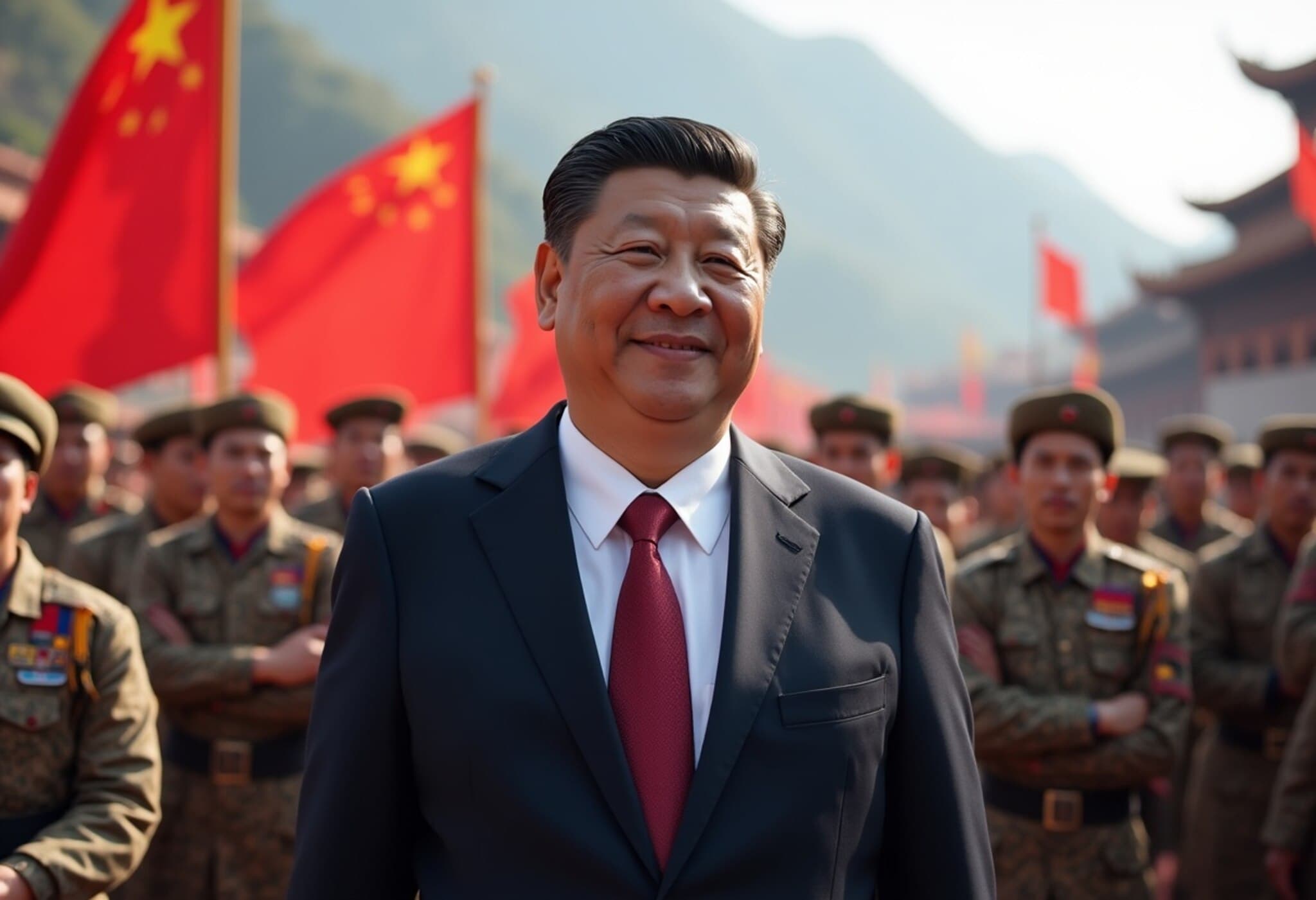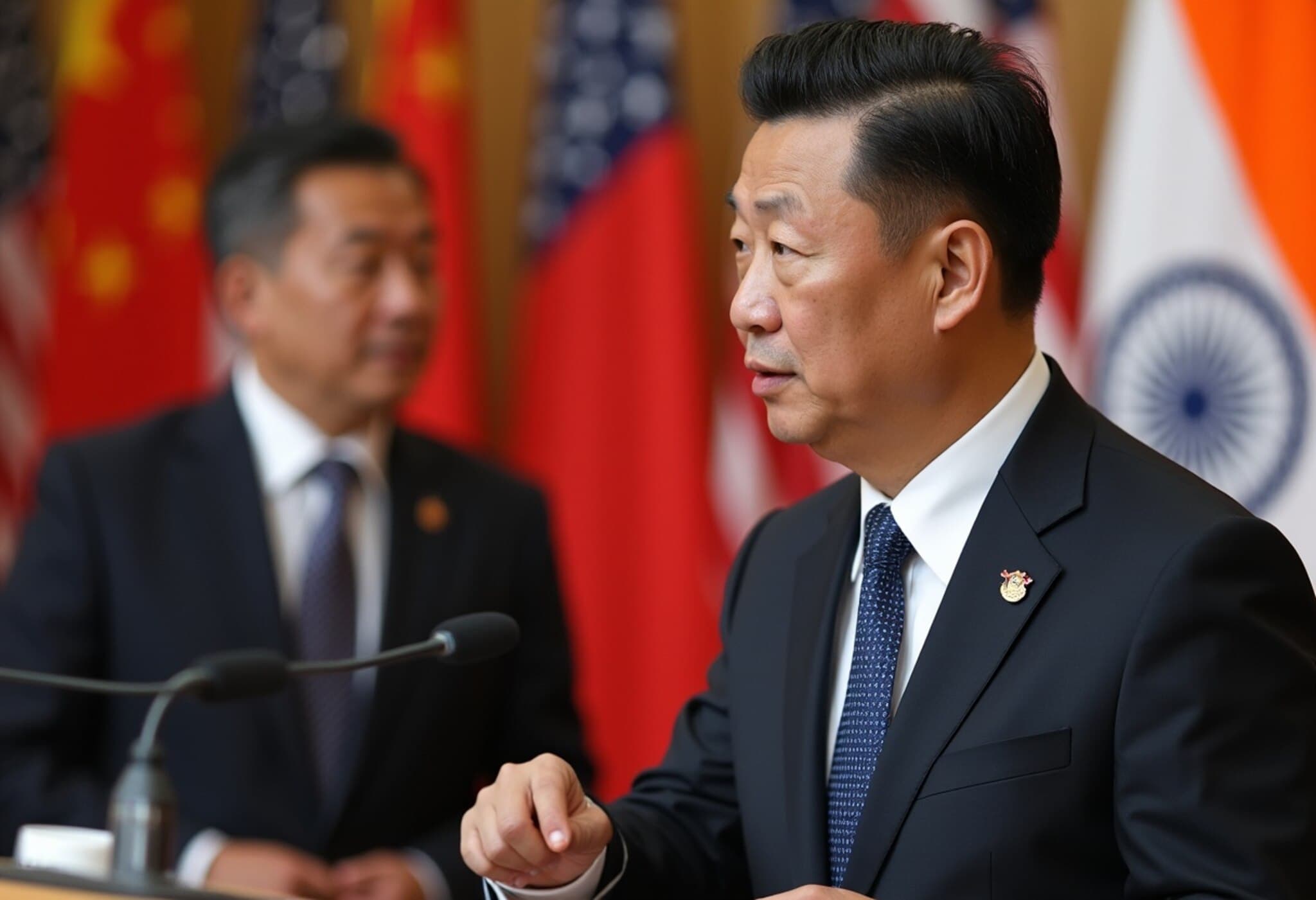China Commences Construction of Strategic Xinjiang-Tibet Railway Near Ladakh
Earlier this month, China marked a significant milestone in its ambitious infrastructure agenda by establishing the state-owned Xinjiang–Tibet Railway Company. This entity is tasked with managing the construction and operation of a sprawling new railway line that will link Hotan in Xinjiang to Lhasa, the capital of Tibet Autonomous Region.
An Ambitious Engineering Feat amidst Challenging Terrain
The planned railway will traverse some of the highest and most treacherous landscapes on Earth, boasting an average elevation surpassing 4,500 meters. Stretching over approximately 2,000 kilometers, the line will connect the existing Lhasa-Shigatse railway with a newly constructed segment from Hotan to Shigatse, effectively bridging northwestern and southwestern China.
Along its route, the railway will navigate through four major mountain ranges — Kunlun, Karakoram, Kailash, and Himalayan — boldly crossing glaciers, frozen rivers, and patches of permafrost. Such engineering challenges underscore China’s determination to enhance transport connectivity in its western frontier.
Strategic Implications Along the Line of Actual Control (LAC)
The railway's proximity to the Line of Actual Control (LAC), the often-contested border between China and India near Ladakh, adds a significant dimension to this infrastructure endeavor. By boosting logistical capabilities in an area marked by longstanding geopolitical tension, the project not only aims to strengthen domestic integration but also potentially shifts the regional strategic balance.
Indian policymakers have expressed concern over such developments. On August 8, Kirti Vardhan Singh, India’s Minister of State for External Affairs, acknowledged reports of China initiating a mega dam project on the Brahmaputra’s upper reaches—the Yarlung Tsangpo in Tibet—highlighting overlapping concerns about hydropolitics and border infrastructure expansion.
Long-Term Vision Backed by Massive Investment
The Xinjiang–Tibet Railway Company, fully owned by the China State Railway Group, was capitalized with an astonishing US$13.2 billion to undertake this project. Planning for the railway traces back to 2008 when it was incorporated in China’s revised Medium and Long-Term Railway Network Plan. Officials from the Ministry of Transport recently confirmed that construction is slated to commence in 2025.
This railway is part of a quartet of lines envisioned to weave Tibet more tightly into China’s national rail network, thereby fostering economic development, easing troop movement, and reinforcing national sovereignty claims in the region.
Underreported Perspectives and Regional Concerns
- Environmental and Social Impact: The high-altitude railway construction poses potential ecological risks, including disturbance of fragile mountain ecosystems and glaciers. Local communities, especially Tibetan populations, may experience socio-cultural shifts as connectivity intensifies.
- Geopolitical Ramifications: With China deepening its infrastructural footprint near the LAC, India faces strategic recalibrations concerning border infrastructure, surveillance, and rapid deployment capabilities.
- Economic Canalization: Enhanced connectivity could unlock economic opportunities but also deepen China’s control over its western regions, possibly accelerating demographic changes.
Expert Commentary
Dr. Aditi Malhotra, a South Asian geopolitics analyst, notes, "China's infrastructure push in border areas serves multiple objectives—a blend of economic integration and strategic assertiveness. The Xinjiang-Tibet rail is more than a railway; it is a manifestation of Beijing's ambitions to consolidate its frontiers amidst evolving regional dynamics."
Meanwhile, hydrologist Ravi Desai points out the intertwined nature of infrastructure and water security concerns in the Brahmaputra basin, cautioning, "Mega projects on the upper Brahmaputra can alter downstream flows, impacting millions in India and Bangladesh. Transparency and bilateral talks remain crucial."
Looking Ahead
As the Xinjiang–Tibet railway project embarks on its construction phase, stakeholders across South Asia must navigate a complex terrain of infrastructural progress, environmental stewardship, and geopolitical sensitivities. With China accelerating development close to contested border zones, new questions emerge about the future of regional security, economic interdependence, and ecological balance.



















